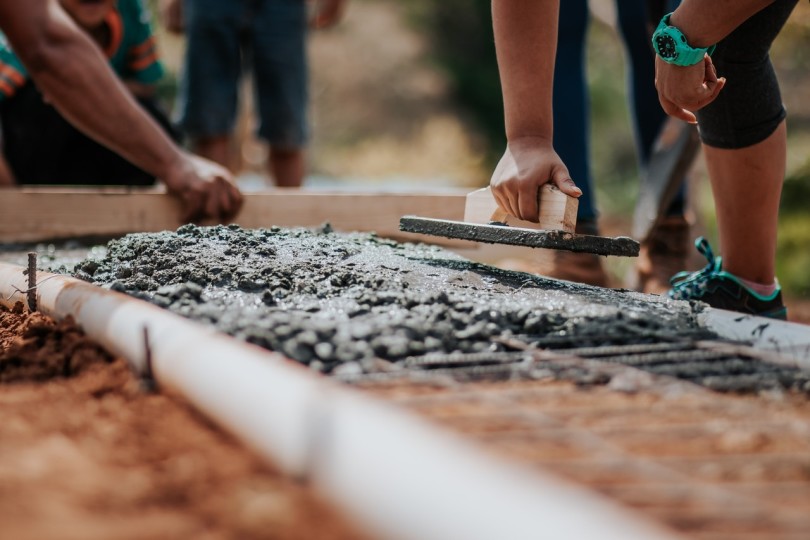Is Autonomous Driving coming to the UAE?
26 Apr 24
Lab ChatThe Global News Source for the World of Science and Chemicals
29 July 2021
Chem Chat
The UAE Pavilion is currently home to a prototype structure constructed completely from sustainable alternatives to cement and concrete. Erected to coincide with the Venice Architecture Biennale 2021, the exhibition is named Wetland and demonstrates that it is possible for the construction industry to become more sustainable going forwards.
The main element of the prototype which makes it eco-friendly is its substitution of lime for a salt-based binding agent, which greatly reduces the emissions associated with producing concrete. Although the invention requires further research to overcome teething problems and iron out kinks, it represents an encouraging avenue for architects and builders to pursue in the future.
There is a veritable laundry list of reasons why concrete is not the most environmentally friendly material that builders could work with, including its ability to absorb “forever chemicals” (perfluoroalkyl and polyfluoroalkyl substances, or PFAS) and release harmful pollutants into the air during production. The biggest drawback of concrete, however, is undoubtedly the greenhouse gas emissions it entails.
The cement which goes into concrete is made up of a mixture of gravel, sand and water, with lime acting as a binding agent which holds them all together. It’s the conversion of limestone into lime which causes the lion’s share of emissions associated with cement production – which is not insignificant. For every tonne of cement created, one tonne of carbon is emitted into the atmosphere.
The production of concrete contributes as many as 2.8 billion tonnes of CO2 to our environment each year, which is around 8% of global greenhouse gas emissions. It’s a problem that’s only set to intensify, as well. According to the Bill and Melinda Gates Foundation, it will be necessary to construct a new city the size of NYC every month for the next 40 years to accommodate the world’s swelling population.
Of course, building all those houses from concrete would incur an untenable volume of emissions, which is why researchers have been investigating more eco-friendly alternatives. The curators of the Wetland exhibition Wael al Awar and Kenichi Teramoto believe they have struck upon one such solution.
Having ascertained that it was the production of lime which accounted for the majority of the negative environmental impact of concrete, the pair set about searching for viable alternative binding agents in the natural world. After visiting the salt flats of the UAE, they noticed that the magnesium oxide (MgO) in the crystallised salt gave it a solidity and strength which could be harnessed by the construction industry.
As a result, their prototype uses MgO in place of lime, thus greatly curbing the emissions involved in the production of the building materials. Though the technology still has some obstacles to overcome – such as its incompatibility with steel and its need to be prefabricated – it’s a promising idea which holds much potential.
DOWNLOAD PDF

2 Day Seminar Program
@ ArabLab+ 2024
24 & 25 September 2024
22 Apr 24
Lab ChatYour stay in Dubai
Labkit
Product News
Chemkit
Product News
Thinking about exhibiting at ARABLAB 2024? Watch our video to find out more.
Join the world’s leading organisations…
Join our mailing list and receive the ARABLAB newsletter and event updates.